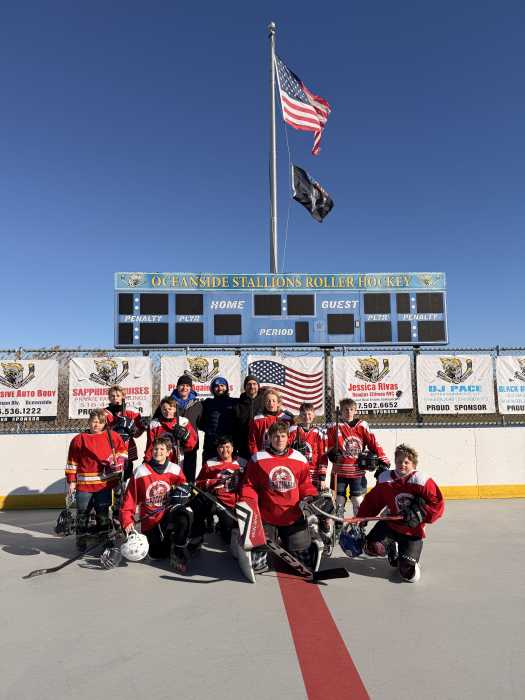“If Hofstra football was around, we’d be in camp right now,” said Nick Altomare, former defensive back for the now defunct Hofstra Pride football team, who won’t field a team for the first time in 73 years.
Altomare, who played his last game in 2008, received a phone call from a co-worker who had been listening to the local sports talk radio station WFAN on December 3, 2009 – the day Hofstra football died.
“It was the last thing I thought would happen . . . It’s the end of a tradition.”
With the college football season set to kick off on September 2, James M. Shuart Stadium – a 15,000-seat venue that attracted an average of more 4,000 fans for home games – will remain idle.
The decision to chop the program was not an easy one and clearly monetarily driven as the board of trustees and Hofstra President, Stuart Rabinowitz, unanimously voted to redistribute the $4.5 million annual investment for the team into student scholarships and academic programs.
Who, if anyone will mourn the loss of Hofstra football, a program that has produced NFL stars in Wayne Chrebet and Marques Colston, who helped the New Orleans Saints win their first Super Bowl earlier this year? There were no moving demonstrations, no true outrage and no hardcore Pride fans handcuffing themselves to the stadium railings.
“I honestly don’t think life on campus will change much,” said Jamie Stuart, Hofstra sports writing professor and anchor for News 12 Long Island. “Hofstra wasn’t drawing many people to begin with and their overall record was not too impressive either.”
Students on campus tend to agree, although they acknowledged that homecoming weekend will surely have a different feel.
“That was really the only time I found myself or my friends going to a football game,” said graduate student Jillian Lawton. “It’s sad to see [the team] go because that was a part of campus life . . . maybe not mine but for others.”
Each of the 84 student-athletes was given the option to keep their scholarships and finish their years at Hofstra or to transfer with immediate eligibility to play for another team. While some stayed and some moved on to universities like Stony Brook, UMASS and Rutgers, assistant coach and former Hofstra wide receiver Kahmal Roy had to blaze a new trail.
“I was on the road recruiting in Tampa when I got a call from the head coach,” said Roy. “I didn’t want to believe it. I couldn’t wrap my head around it.”
Roy still reports to the Hofstra practice bubble on campus but not as a member of the university. With Ian “Rocky” Butler – former Hofstra quarterback – as a partner, Roy set up his own training camp called Position Specific Training, which breaks down the game by position on the field. He could have coached with a number of other teams, but for Roy, “Hofstra was home.”
“It hurts me because I was pursuing a dream of coaching on the college level. I don’t want to displace my family.”
For now, there is little or no buzz about bringing the team back, but who knows what the future may hold. Maybe it will take 72 more years before there is another Pride football squad. Maybe fan sentiment will change when the college football season is in full swing. The only sure bet is that students will return this fall to a football-less University. Whether they care or not is another discussion.
“Support for the team could have been a little higher,” said Altomare. “It would be great if they came back one day, but I’m not on the board. I don’t see it happening.”




































